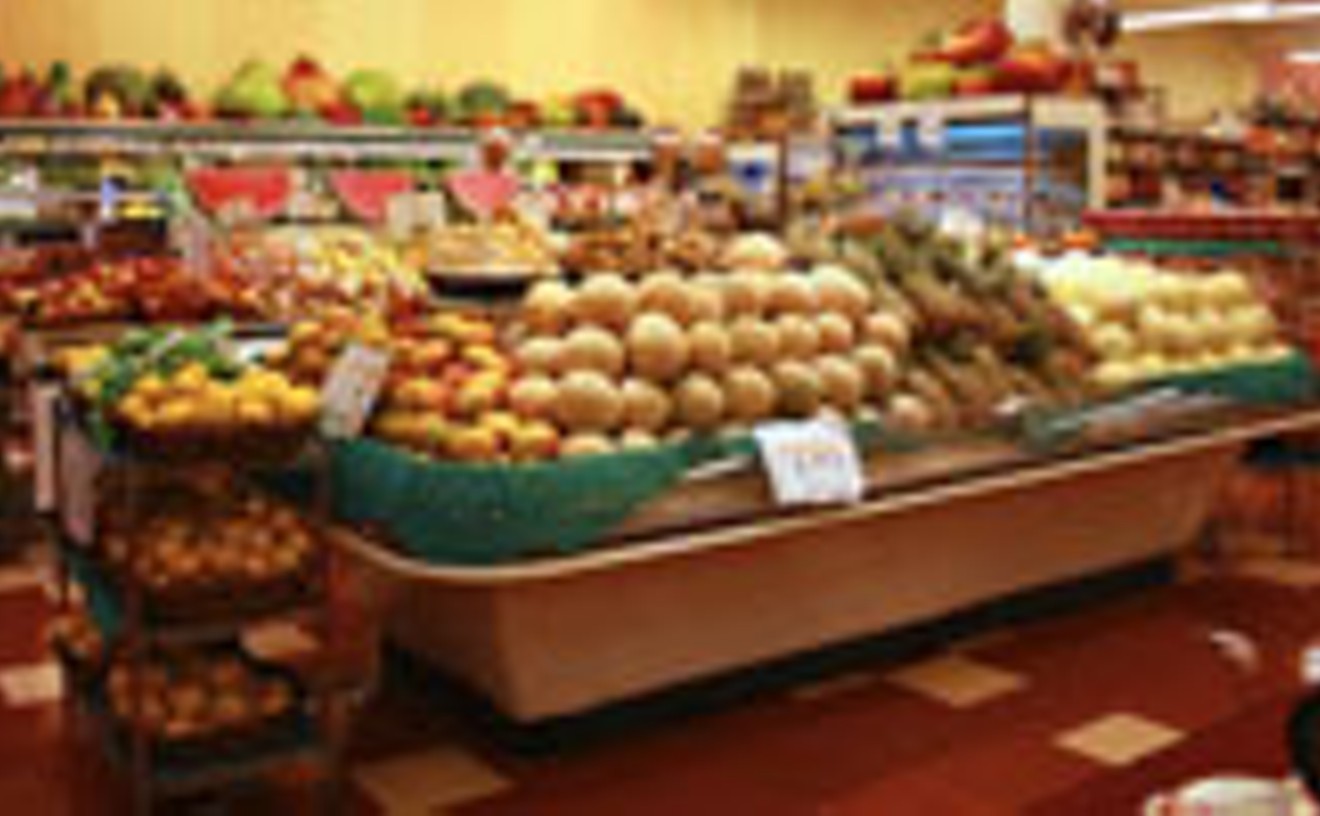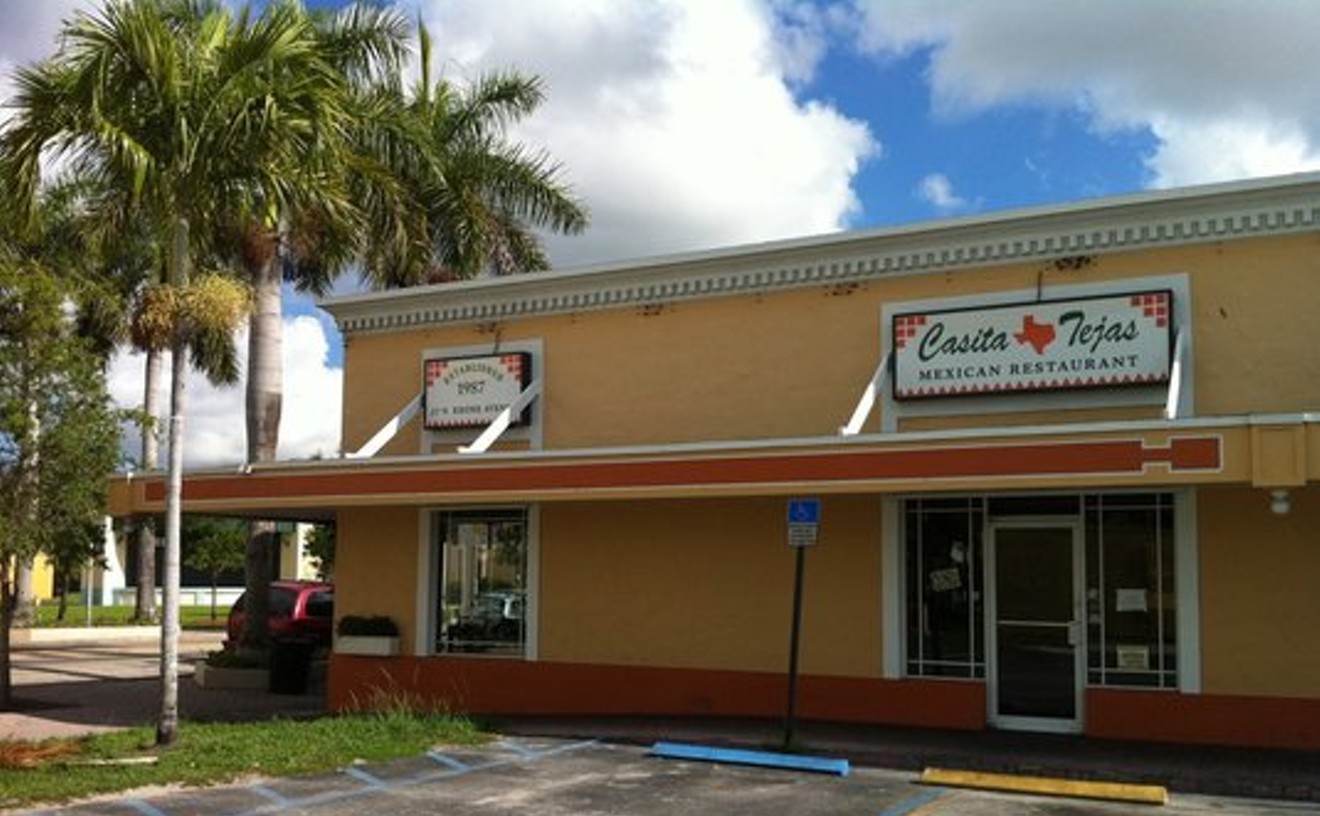


Readers Choice: McDonalds
BEST RESTAURANT WHEN SOMEONE ELSE IS PAYINGWhen it comes to subjects of fine-dining debates, La Broche has been a veritable gastronomic epicenter. Just voicing the name of this controversial restaurant is enough to launch earthquakes of opinions, accompanied by tidal waves of whetted appetites and burning fires of curiosity. Indeed the fare that executive chef Angel Palacios prepares at this offshoot of the two-Michelin-star original in Spain can be called nothing less than incredibly avant-garde, highlighted by an array of foams, gelatins, and interesting if not always appetizing parts of animals. When all is said and done -- or eaten, rather -- La Broche isn't any more expensive than the usual prime suspects around town. But when it comes right down to the pork turbot in pea sauce garnished with sea urchin and "empanadas" of trout egg or basil-gelatin lollipops encasing tomatoes and watermelon, which you may or may not find truly exhilarating, you just might be relieved by the saving grace: "At least I didn't have to pay for it."
CARMEN THE RESTAURANT, 700 Biltmore Way (David William Hotel), Coral Gables, 305-913-1944
The recent opening of Carmen the Restaurant completes a circle for chef/owner Carmen Gonzalez. In 1988, after testing her culinary skills at New York's Quilted Giraffe, Gonzalez left Manhattan for Miami. She landed in Coral Gables and in January 1989 opened her own restaurant, Clowns. New Times, in a praiseworthy review, had this to say: "The menu is on the cutting edge of what food critics are calling 'Americanized Caribbean.' Gonzalez calls it a blend of Southwestern, Caribbean, and California cuisine, but I prefer to call it Carmen-ized -- it's her creation." Clowns didn't survive, but Gonzalez moved on to executive positions at the Miami Club and the Tamarind Bar and Grill. Then she created a successful catering company. Now the lure of the restaurant business has drawn her back -- back to the creative challenge, to the Gables, and to an establishment of her own.
BEST LOCAL LANDMARK
The Biltmore Hotel.
BEST MONTH TO BE IN MIAMI
Any month where the temperature drops below 60 degrees.
BEST CHEAP THRILL
Chicken wings at Flanigan's.
BEST NOT-SO-CHEAP THRILL
Dining in Paris.
BEST PLACE TO SAVOR THE FLAVOR OF MIAMI
The original Casa Lario's.
BEST DINING TREND
Any -- as long as someone else cooks.
BEST NATURAL HIGH
Being in my kitchen.
BEST PICNIC SPOT
Crandon Park.
BEST REASON TO LIVE IN MIAMI
All the wonderful friends and colleagues I've met in my years of living here, and being a part of the culinary community.
RECIPE
ROASTED DUCK TAMALES WITH VINTAGE PORT SAUCE
Yields: Around 20 large or 40 appetizer-size tamales
1 pack corn husks, rinsed and soaked in warm water for one hour
Roast duck:
1 5-pound fresh duckling
1/2 medium onion
1 bouquet garni
1/2 carrot
5 garlic cloves, whole
3 celery stalks
Salt and pepper
Preheat oven to 425 degrees. Rinse duck under cold water and pat dry. Season both inside and out with salt and pepper. Stuff the duck with onion, bouquet garni, carrot, garlic, and celery. Place duck in a cooling rack and roast at 425 for one hour. Lower the temperature to 350 degrees and cook for another 30 minutes or until the inside temperature reaches 160-170. Remove from oven and let it cool. Cut or break duck into 8 pieces (2 breasts) for easier handling. With fingers and knife, separate as much meat from the bones as you can. Then, using just your fingers, tear meat pieces into thin shreds roughly one-half to one inch long (as you would for ropa vieja or pulled pork).
Vintage port sauce:
2 cups vintage port
1 cup red wine vinegar
2 tablespoons shallots, minced
1 garlic clove, minced
1/2 cup heavy cream
3 tablespoons butter
1 tablespoon chives
Heat 1 tablespoon butter in sauce pan, add shallots and garlic. Cook for 2 minutes. Add port and wine vinegar, reduce by half. Add heavy cream and reduce by half. Finish with remaining butter and chives.
Tamales:
(For the masa)
1/2 cup grilled corn kernels
1 medium Spanish onion
1 cup water
6 tablespoons unsalted butter
6 tablespoons vegetable shortening
1 1/2 cups yellow cornmeal
2 tablespoons honey
Salt and pepper
Purée the corn and onion with water in a food processor. Transfer to a bowl and stir in butter and shortening. Using your fingers, mix in the rest of the ingredients until it all comes together and there are no lumps.
To assemble:
Remove the husks from the water, drain, and lay on paper towels to dry. Tear two 1-inch-wide strips for each tamale to tie them. Lay two husks overlapping on a flat surface; place about 1/3 cup of the masa in the center; place 2 tablespoons of the shredded duck on top. Bring both sides of the husk up over the filling. Twist each end to wrap it up tightly, pushing the mixture to the middle as you tie it up. Steam the tamales covered on a bamboo steamer for 45 minutes. At this point they can be frozen for up to two weeks.
To serve:
Use a paring knife to cut lengthwise across each tamale and push toward the middle to expose filling. Place 2 tablespoons of duck on top and drizzle it with 2 tablespoons of port sauce.